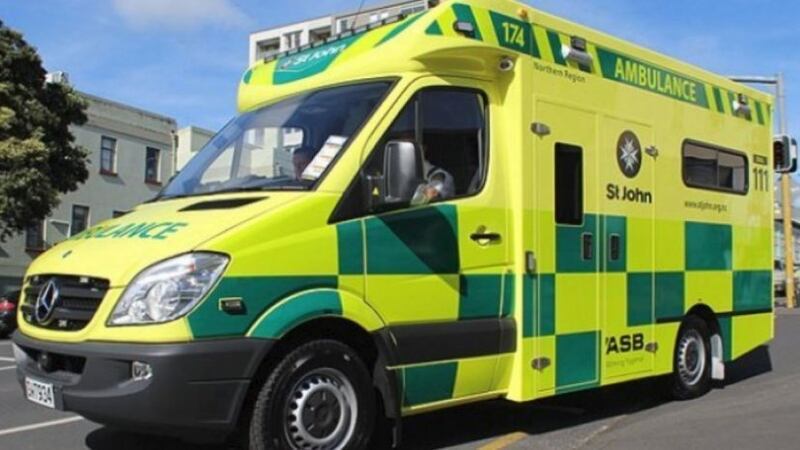A pilot programme to teach lifesaving CPR to year nine and ten students is being piloted today at Christchurch Boys' High School.
Meanwhile, the St John Ambulance service continues to advocate for CPR and lifesaving first aid skills to be taught and included in the national school curriculum.
They say this will line up with the government's "School Leavers Toolkit" policy, where every school leaver will graduate with basic first aid education.
The programme is being spearheaded by the St John Area Committee for Christchurch, which is aiming to be the “most survivable New Zealand city for cardiac arrest”.
More than 4,000 students from nine Christchurch high schools have already committed to participating in the programme; including Burnside High School, Cashmere High School and Haeata Community Campus in Aranui.
“It has been proven that early intervention with CPR on someone who has suffered a cardiac arrest greatly improves their chances of survival and we want to arm our young people with the skills necessary to help save lives until an emergency ambulance arrives on the scene,” says Craig Stockdale, St John Christchurch Area Executive Manager.
“The initiative is a great example of St John putting money that has been generously donated by the local community, back into the community, to teach crucial life skills to our young people,” says Stockdale.
Since 2015, St John has partnered with ASB and ACC to deliver the ASB St John in Schools programme- a first aid course for pre-school, primary, intermediate and Kōhanga Reo around the country - but there is currently no compulsory requirement for New Zealand schools to book the course.
“Our goal is to engage the Ministry of Education and other relevant organisations to discuss how to integrate first aid training into the school curriculum because we believe it is important for every child in New Zealand to have lifesaving skills,” says Manley.
“We want our children to have the skills and confidence to take action in an emergency while building the community resilience of the next generation.”

